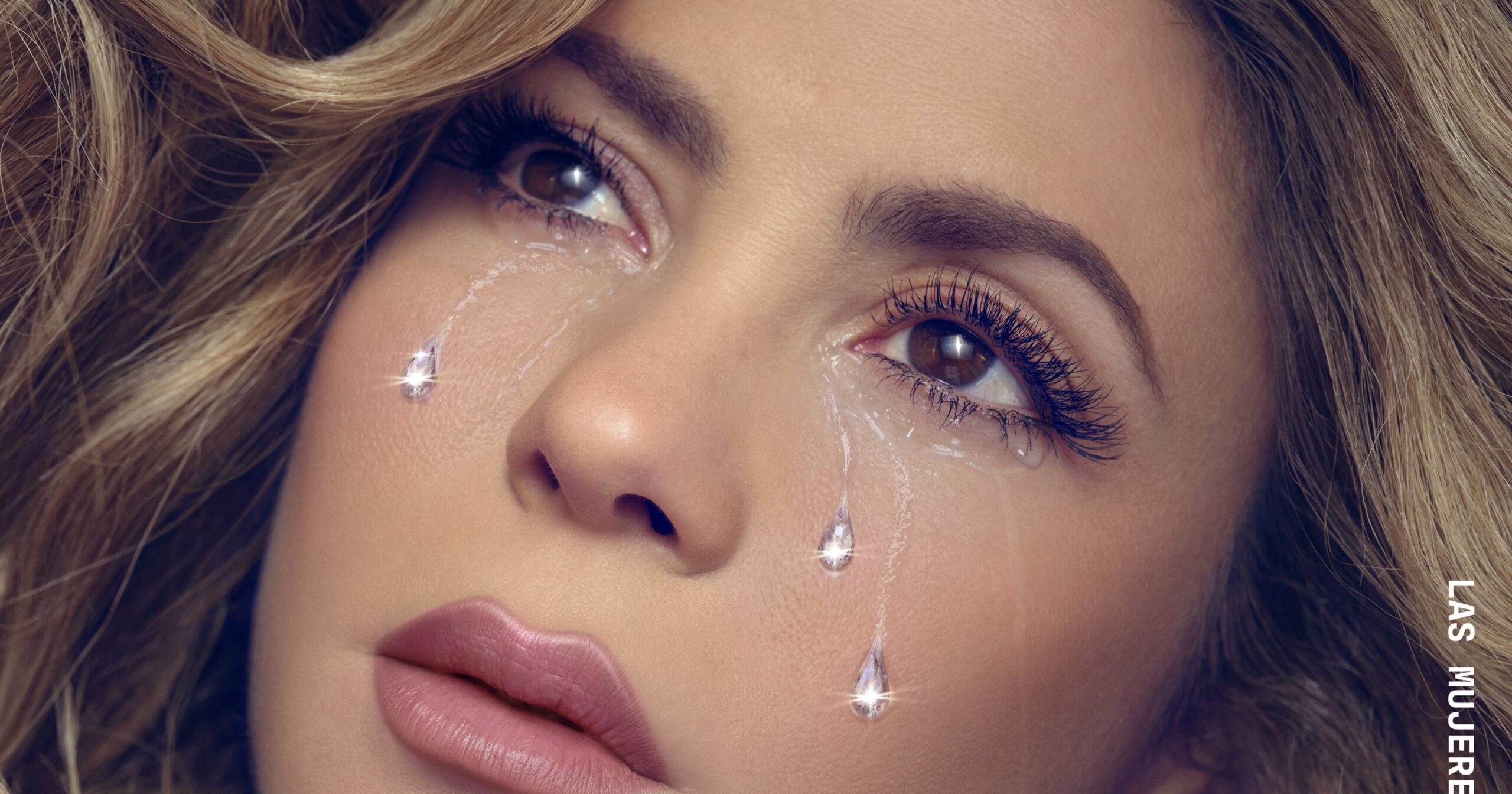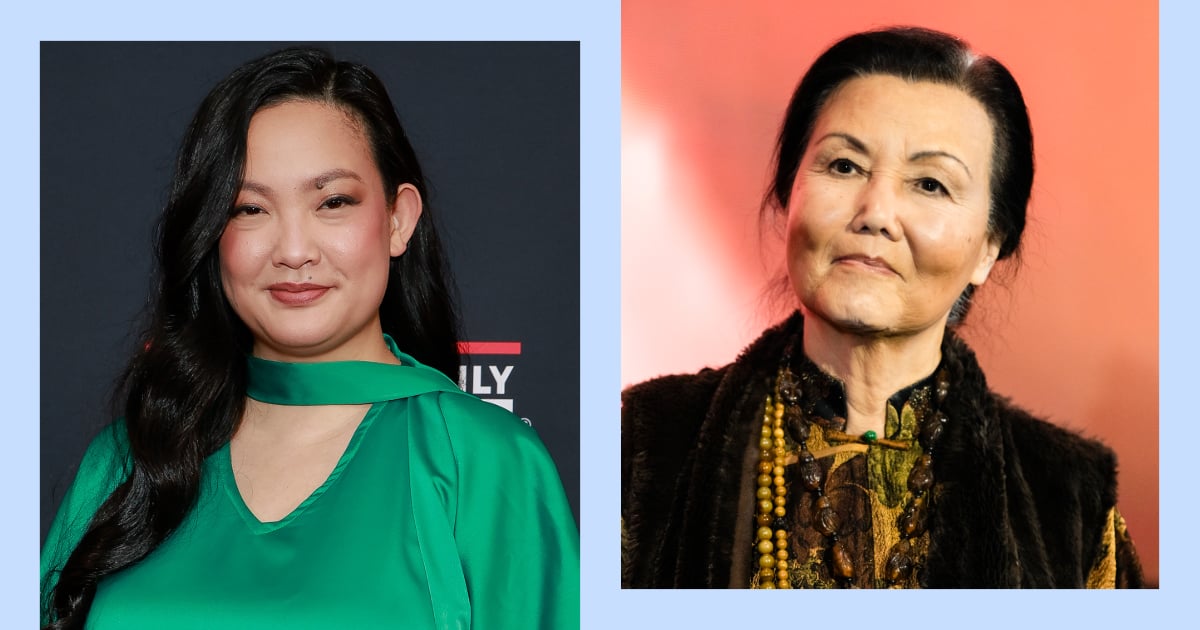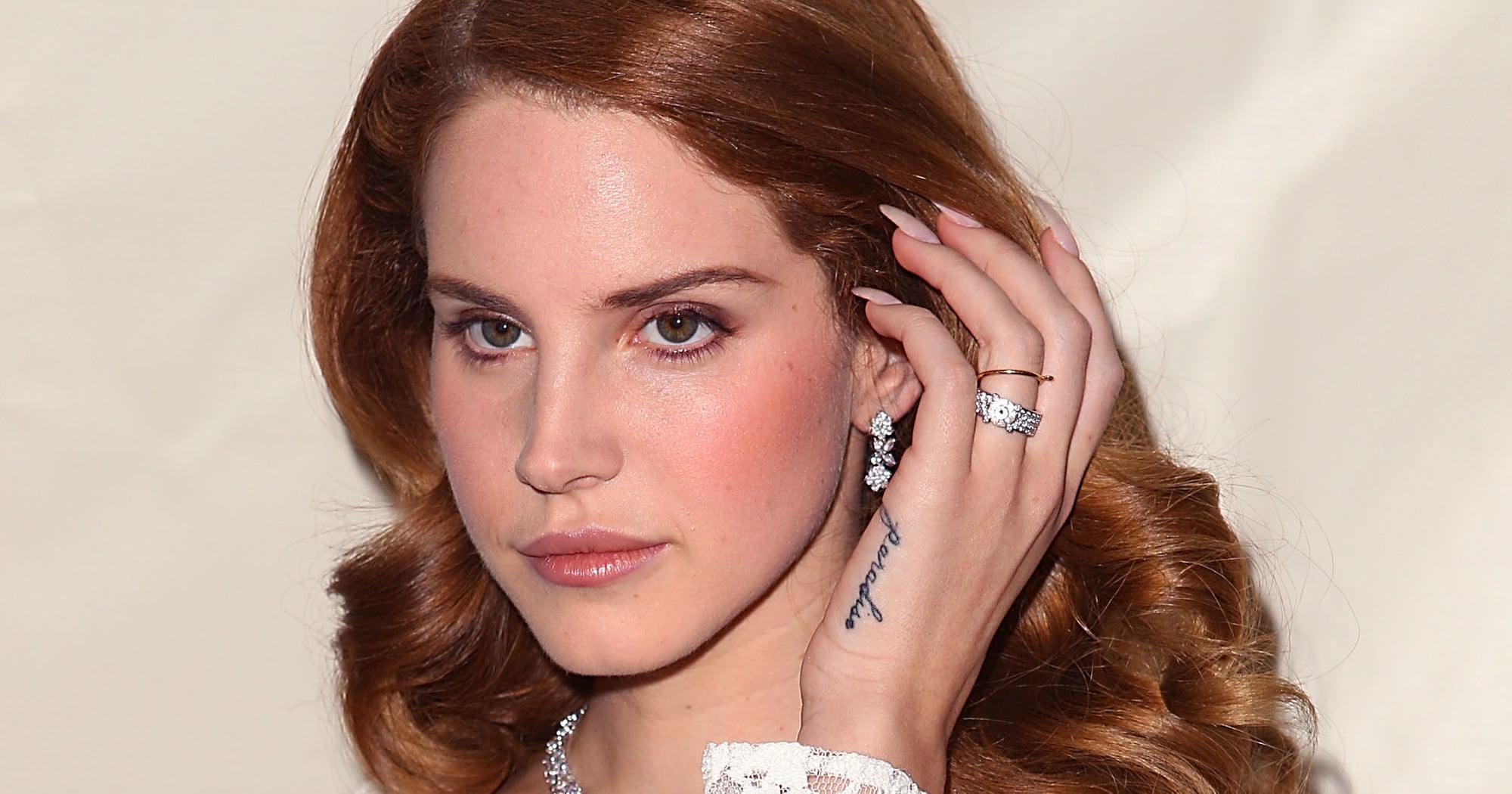When life gives you lemons, you have to make lemonade – and that’s exactly what Shakira did after heartbreak. When the Colombian pop star learned in 2022 that Gerard Piqué, her partner of 11 years and the father of her two sons, was cheating on her, I’m sure it felt as if her life was falling apart. But when she couldn’t bear the pain and the betrayal, she did what most musicians do – she turned it into art.
The first song Shakira released that was directly related to the breakup was 2022’s “Te Felicito” with Puerto Rican Latin trap artist Rauw Alejandro. The song not only marked Shakira’s comeback, it was also the first in a string of singles that would display her healing journey to the world and eventually become part of her latest highly anticipated album, “Las Mujeres Ya no Lloran,” which was released on March 22.
Following “Te Felicito,” a sarcastic song about congratulating her ex for finding new love, Shakira released a hit song with Ozuna titled “Monotonía.” But it was Shakira’s famous diss track that redirected her career. The track “Shakira: Bzrp Music Sessions, Vol. 53,” a collaboration with Argentine producer Bizarrap, resonated so much with fans that it racked up more than 63 million YouTube views in 24 hours, becoming the most-watched Latin debut song in YouTube history. The song also skyrocketed to Spotify’s Top 50 Global chart, breaking the record of the most-streamed track in a single day in Spotify history, and eventually it landed Shakira the Latin Grammy for song of the year.
And it’s the song that ultimately set the theme for her first album in seven years. “Las Mujeres Ya No Lloran” is literally a line taken from “Shakira: Bzrp Music Sessions, Vol. 53,” only in the track she completes the thought by singing “Las mujeres ya no lloran, las mujeres facturan,” which translates to “Women don’t cry anymore, they cash in.”
Every song Shakira released in 2022 and 2023 played a different role in the Colombiana’s healing and rebuilding process. “TQG,” a track in collaboration with Karol G that also appeared in her 2023 album “Mañana Serà Bonito,” is a song about being too good for a man who hurt her – referring to Piquè and Karol G’s ex Anuel AA. “Copa Vacía” is a pop-reggaetón song she did in collaboration with Colombian singer Manuel Turizo about not receiving enough love and affection from a partner, while “El Jefe” is a norteño Mexican song with Fuerza Regida about taking control of your destiny, something fans have witnessed the artist do since publicly announcing her split. “Última” is a moving track that Shakira told the New York Times is the last song she will release about her ex Piquè.
“In the journey of picking up the pieces after a very public breakup, Shakira is showing us that although dreams don’t always turn out to be what we envisioned them to be, she is not shying away from her scars,” says Nicolas Barili, an award-winning journalist and creator/host of Paramount+’s Latin music docuseries “De La Calle.” “By controlling her own narrative, Shakira is empowering listeners to be inspired by her bold transformation, while proving to our community and the world that vulnerability is the greatest strength.”
What makes this album such a masterpiece isn’t just the journey we see Shakira take in healing her heartache, but how it invites hope and new beginnings. Tracks like “Cohete” with Rauw Alejandro and “Puntería” with Cardi B acknowledge the allure of experiencing a new love – even though Shakira has shared she can’t imagine herself falling in love again.
Then there’s “Acróstico,” a beautiful piano-led ballad that emphasizes Shakira’s role as a mother and includes her two sons, Milan and Sasha. This one stood out most to Barili.
“Having been raised by a single mom myself, the love letter between her and her sons speaks to those of us that are what’s left over after parents break up, reminding us that some bonds will never be broken,” Barili says. “Shakira has provided a cathartic release for not only herself but for anyone that has ever gone through break ups, all while proving that she is still the queen of Latin pop.”
“La Mujeres Ya No Lloran” is Shakira’s first album in seven years since releasing her 2017 album “El Dorado.” If this album did anything, it proved that the greatest and most impactful art is often created from pain and heartache – hence Shakira’s diamond tears displayed in the cover art.
“It’s the same reason why an artist’s debut album is often their best work, because struggle often elicits masterpieces,” says Jesús Trivino, a Latin pop culture expert and Tidal’s senior content and music executive. “Similarly, whenever there are challenges in your life, you take it as an experience and learn from it. If you’re a creative like Shakira, you dive into your work, and usually introspective, empowering music comes out. With ‘Las Mujeres Ya No Lloran,’ Shaki has done that.”
That Shakira’s extraordinary comeback album is filled with back-to-back hits and major collaborations with artists including Cardi B, Rauw Alejandro, Ozuna, and more also speaks to how relevant she’s managed to remain despite how saturated the Latin music world has become. If anything, the breakup needed to happen to inspire her to use her pain, anger, and sadness to create her rawest and most vulnerable work. As she has said in numerous interviews, the experience allowed her to “transform pain into productivity.”
“One of the superstars who started the late ’90s, early 2000s Latin boom still has it and never lost it. Shakira, more than other Latin acts of that era, had to introduce herself and an entire country (Colombia) to the US and global market,” Trivino says. “On this album, she’s uplifting her fellow Colombianas (Karol G), co-signing the stars of today (Rauw Alejandro), as well as shining a light on other genres (Mexican music). I hope listeners don’t waste their time in gossip but rather enjoy Shakira in all her greatness while she’s on this planet.”
Sometimes it takes our worlds falling apart to get us back in line with our passion and our purpose. One thing is for sure: our favorite loba is here to stay.




